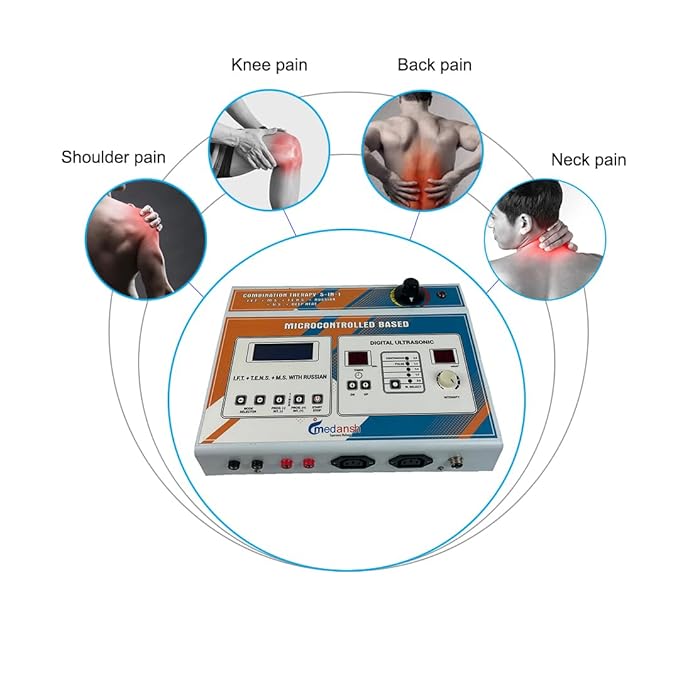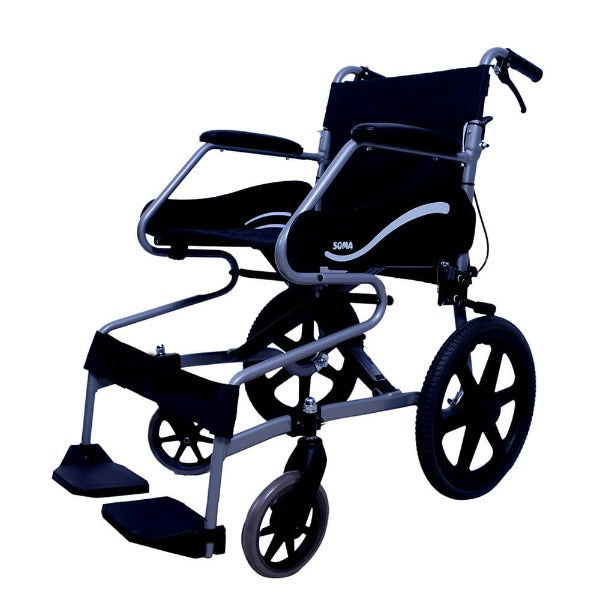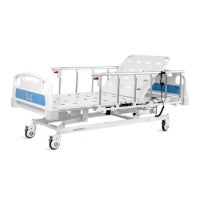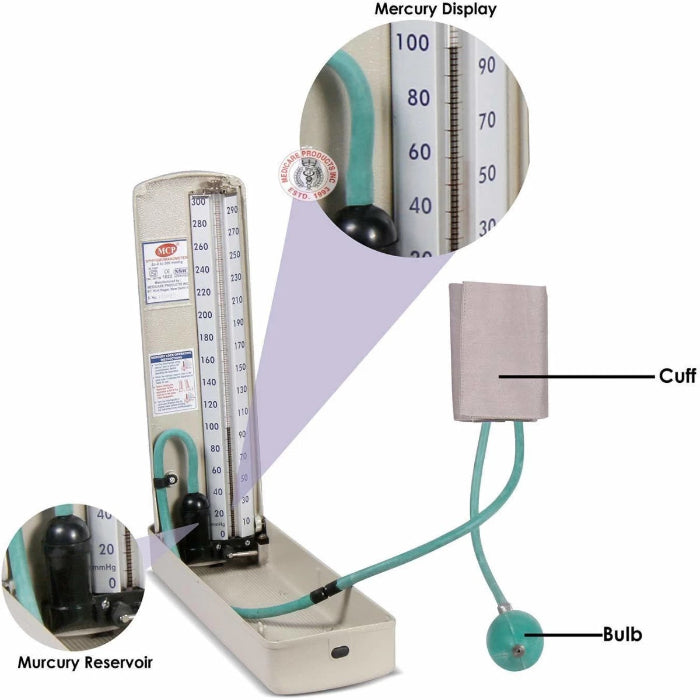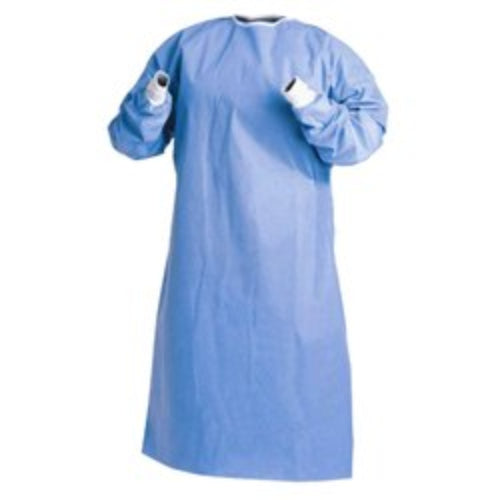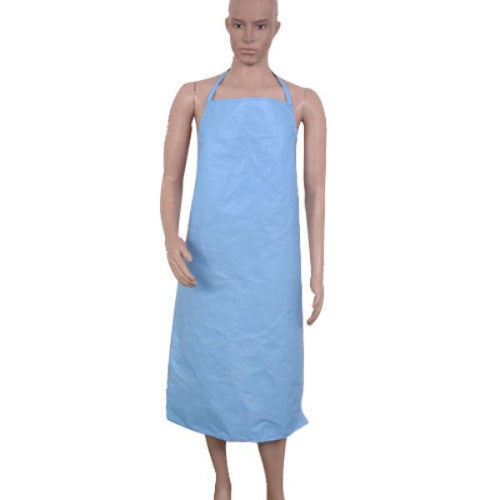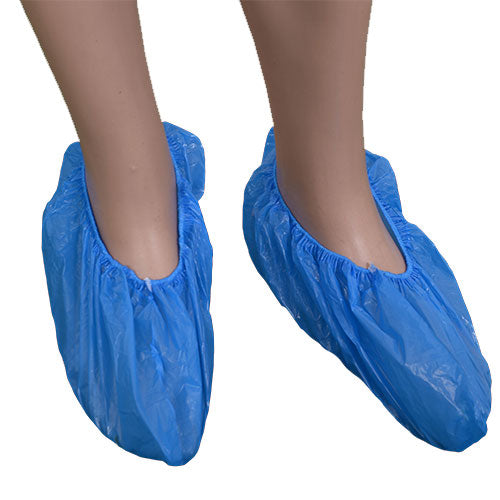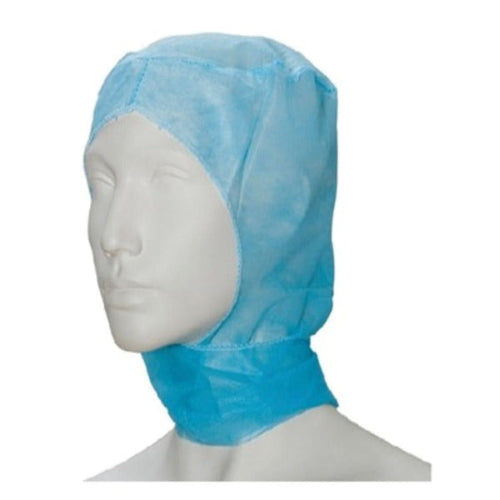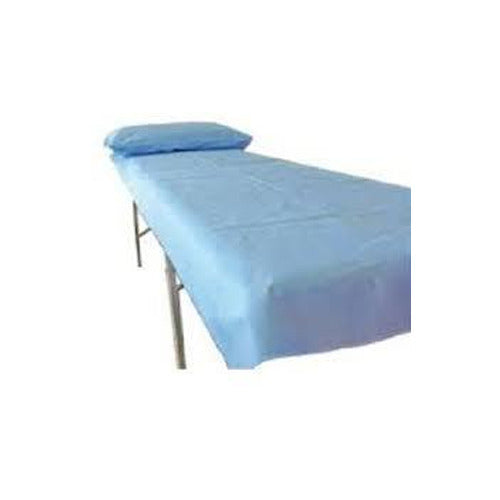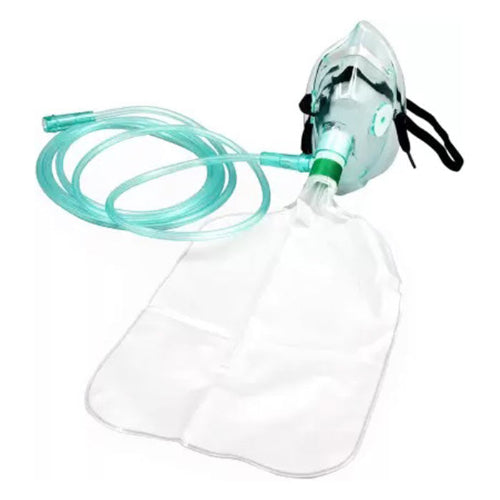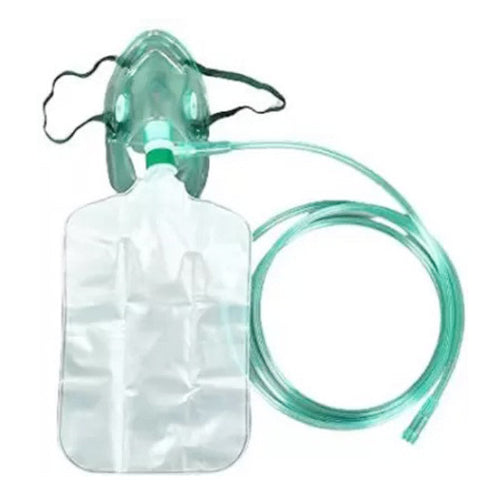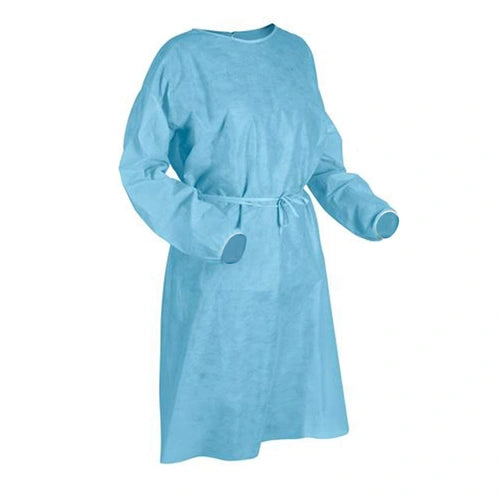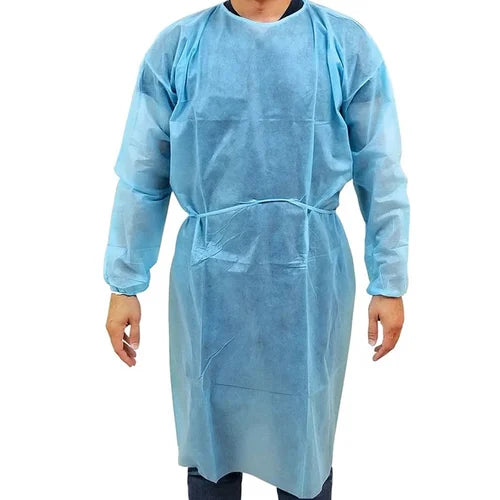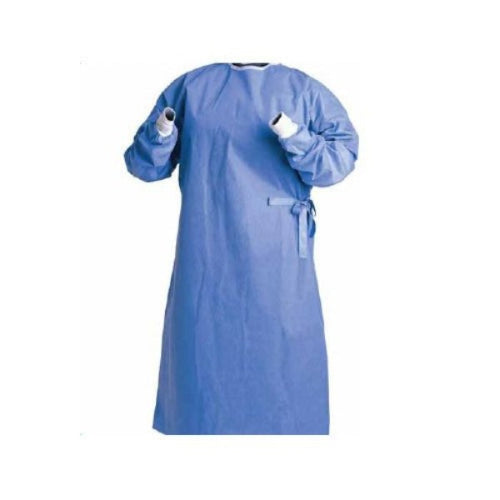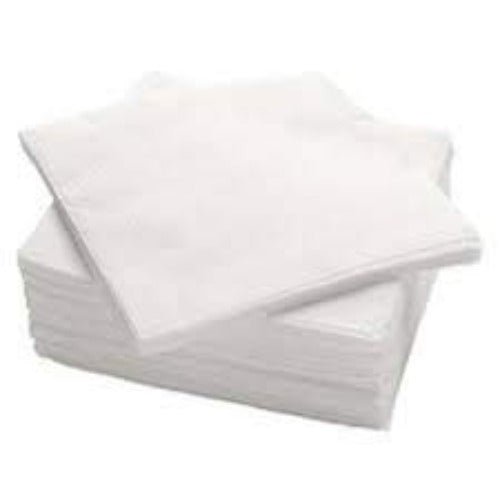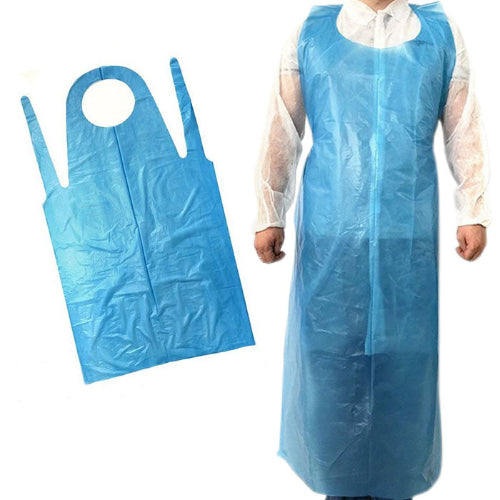Filter
32 products
Type: Nonwovens
Medansh Disposable Surgical Gown Delux Sterile with Indicator
Type: Nonwovens
Disposable Laminated Apron Blue
Type: Nonwovens
Poly Shoe Cover Disposable (Pack of 200)
Type: Nonwovens
Disposable Astronaut Hood Cap
Type: Bed Sheets
Disposable Bed Sheet Medium Size 100cm x 100cm
Type: Nonwovens
VentiFlex High Concentration NRB Mask with Bag (Pack of 10)
Type: Nonwovens
Disposable Patient Gown Full Sleeve Sterile
Type: Nonwovens
Disposable Patient Gown Full Sleeve Non Sterile
Type: Nonwovens
Medansh Disposable Surgical Gown Delux Sterile with Indicator (Pack of 5)
Type: Bed Sheets
Disposable SPA Bed Sheet (20 Pc)
Type: Nonwovens
Plastic Apron Sterile Single Pack
Type: Shoe Cover
Non Woven Shoe Cover (Pack of 100) - Pack of 4
Type: Masks
3 Ply Surgical Pollution Mask with Nose Pin
Type: Gowns
Reinforced Disposable Wraparound Gown Sterile with Indicator
Type: Nonwovens
Disposable Surgeon Cap Blue
Collection:
Nonwovens
First, Nonwovens make clinical work cleaner, faster, and safer. Moreover, hospitals, clinics, and day-care centers use them daily for draping, wrapping, covering, and wiping. On MeddeyGo, you’ll find nonwovens, spunlace nonwoven, non woven fabric, and non woven products for OT, ICU, OPD, and home-care. Additionally, each item is easy to stock, consistent in quality, and ready to ship across India. Finally, choose sizes, GSM, and finishes that fit your procedures and budget.
Product Overview
What are nonwovens?
To begin, these are sheet materials formed by bonding fibers without weaving or knitting. Consequently, the process creates stable layers with properties like barrier, absorbency, or breathability. In healthcare, the material improves hygiene and speed. Furthermore, it supports quick changeovers between cases, while spunlace nonwoven adds a soft, absorbent hand for patient-facing tasks.
Where do nonwovens help most?
- Firstly, Operating Theatre: sterile drapes, gowns, instrument wraps, mayo stand covers made from non woven fabric; for prep and cleanup, spunlace nonwoven wipes speed turnover.
- Secondly, Wards and OPD: disposable bed sheets, pillow covers, tray liners using non woven sheeting, plus spunlace nonwoven patient wipes for gentle skin contact.
- Thirdly, Diagnostics and day-care: ultrasound covers, minor-procedure drapes, and spunlace nonwoven swabs for quick absorbency.
- Additionally, Ambulance and emergency: quick covers and absorbent layers for rapid response, supported by compact spunlace nonwoven rolls.
- Finally, Dental and ENT: chair covers, bibs, headrest sheets, and spunlace nonwoven napkins for clean finishes.
Core material families
- To start, SMS (Spunbond-Meltblown-Spunbond): strong outer layers with a meltblown barrier; therefore, ideal for surgical drapes, wraps, and gowns.
- Next, spunlace nonwoven: soft and absorbent; hence, a good choice for wipes, liners, and patient contact where comfort matters.
- Also, Spunbond PP: light and breathable; thus, suited to caps, masks, and basic covers.
- Moreover, Laminated versions: film-backed for high-fluid tasks and splash zones.
- Finally, Blends (e.g., viscose/PP): tuned for absorbency, low lint, or specific handling feel.
Why it matters to your team
- Firstly, it helps keep fields clean and dry.
- Secondly, it reduces laundry load and reprocessing.
- Thirdly, it cuts setup time with ready sizes and packs.
- Additionally, it supports infection control with single-use hygiene.
- Ultimately, it simplifies inventory planning across departments.
Key Features & Benefits
- First, reliable barrier: SMS layers limit strike-through during procedures.
- Moreover, skin-friendly touch: spunlace nonwoven feels soft for patient contact and bedside care.
- Additionally, low lint keeps instruments and surfaces cleaner.
- Likewise, right weight for the job: GSM choices for light, medium, and heavy duty.
- Also, sterile or non-sterile options let you match the task.
- Meanwhile, compact packs and rolls save shelf space.
- Consequently, one-time use speeds turnover between cases.
- Furthermore, clear per-use costs simplify budgeting.
- In addition, the range scales from clinics to tertiary hospitals.
- Finally, accurate labels and lot details support compliance.
Technical Specifications
| Feature | Options | Use Guidance |
|---|---|---|
| Material | SMS, Spunlace nonwoven, Spunbond PP, Laminated | Accordingly, match barrier, softness, and task length |
| GSM | 18–35 (light), 40–80 (medium), 90–120 (heavy) | Generally, higher GSM = stronger, often less permeable |
| Finish | Hydrophobic, Hydrophilic, Alcohol-repellent, Antistatic | As a rule, use hydrophilic for wipes; hydrophobic for splash zones |
| Sterility | Sterile (ETO/Gamma) or Non-sterile | For OT, drapes and wraps should be sterile |
| Formats | Sheets, U-drapes, Fenestrated drapes, Wraps, Rolls | Preferably, standard OT sizes speed setup |
| Color | Blue, Green, White, Pastels | Notably, OT colors reduce glare and aid sorting |
| Reinforcements | Panel zones, Film windows, Adhesive edges | Therefore, use for high-fluid areas or cable routing |
| Packing | Unit pack, Procedure pack, Bulk polybag, Carton | Ideally, align to case volume and storage plan |
Applications / Use Cases
Operating Theatre (OT)
- Firstly, Drapes: universal sheets, fenestrated, split/U-drapes, reinforced variants in non woven fabric; pair with spunlace nonwoven wipes for prep and cleanup.
- Secondly, Gowns: SMS and non woven apparel for sterile zones.
- Additionally, Wraps and covers: instrument wraps, mayo stand covers, trolley covers.
ICU and Wards
- First, disposable bed sheets and pillow covers provide a fresh layer per patient.
- Next, tray liners and surface covers keep trolleys and tables clean.
- Finally, patient wipes in spunlace nonwoven offer gentle contact.
OPD and Day-Care
- To begin, chair covers, armrest sheets, and small drapes enable fast changeovers.
- Moreover, ultrasound and minor procedures need clean surfaces and probe covers in non woven formats.
Dental, ENT, Physiotherapy
- Firstly, chair and headrest sheets use light non woven fabric to maintain hygiene.
- Secondly, wipes and liners provide soft, low-lint options for quick cleanups, with spunlace nonwoven preferred for comfort.
Ambulance and Emergency
- Primarily, pre-cut sheets and absorbent layers support rapid stabilization.
- Additionally, device wraps protect equipment during transport.
Why Choose Nonwovens from MeddeyGo?
- First, the catalog maps every SKU to Indian OT, ICU, OPD, or day-care workflows.
- Moreover, quality is stable across GSM, finishing, and pack hygiene.
- Additionally, labels list size, sterility, and lot details in a clear, traceable way.
- Likewise, procedure packs reduce mismatch and save setup time.
- Meanwhile, pan-India logistics protect edges and folds in transit.
- Furthermore, bulk value tiers keep costs transparent.
- Finally, advisory support helps you match items to your exact procedure mix, including spunlace nonwoven for patient-facing care.
Comparison Table
| Use Case | Best Material | Typical GSM | Key Benefit | Suggested Format |
|---|---|---|---|---|
| General OT draping | SMS | 40–80 | Accordingly, balanced barrier and handling | Universal/fenestrated drapes |
| High-fluid procedures | Laminated SMS or PE-coated PP | 60–100 | Therefore, strong fluid resistance | Reinforced drapes with film windows |
| Patient wipes & liners | Spunlace nonwoven | 40–70 | Notably, softness and absorbency | Pre-cut sheets or rolls |
| Caps, masks, covers | Spunbond PP | 18–35 | Consequently, breathable and economical | Cut-to-shape accessories |
| Instrument wrapping | SMS | 45–80 | Thus, stable wrap strength | Wrap sheets and rolls |
Buying Guide / Expert Tips
- Match material to task – Use SMS for drapes, gowns, and wraps where barrier matters; choose spunlace nonwoven for wipes and liners; select laminated sheets for heavy fluids.
- Choose GSM by duty level – 18–35 for caps/covers; 40–80 for most OT drapes/wraps; 90–120 for long or high-fluid cases.
- Confirm sterility – OT fields and instrument wraps should be sterile; general covers can be non-sterile.
- Standardize sizes – Fix a short list per department to reduce waste and speed retrieval.
- Use procedure packs – One pack per case trims setup time and errors.
- Plan storage – Stack flat packs by size/color; use rolls for variable cuts.
- Trial, then scale – Test two GSM/finishes; gather feedback before bulk buys.
- Waste handling – Place bins near work zones and follow local rules.
Frequently Asked Questions
What’s the difference between SMS and spunlace?
SMS adds a meltblown barrier for splash control in drapes and gowns; spunlace nonwoven is hydro-entangled and soft, so it suits wipes, liners, and patient contact.
Which GSM should I pick for OT drapes?
For most cases, 40–80 GSM SMS works well; for longer cases or heavy fluids, go higher or add lamination.
Do I need sterile packs outside the OT?
Usually no—bed covers and tray liners in general areas can be non-sterile.
How do I avoid strike-through?
Use reinforced or laminated zones; film windows and adhesive edges help manage fluid.
Are these comfortable for patients?
Yes—spunlace nonwoven provides a soft hand and quick absorbency at bedside.
Can I order custom procedure packs?
Certainly—MeddeyGo can curate packs by specialty and case volume.


